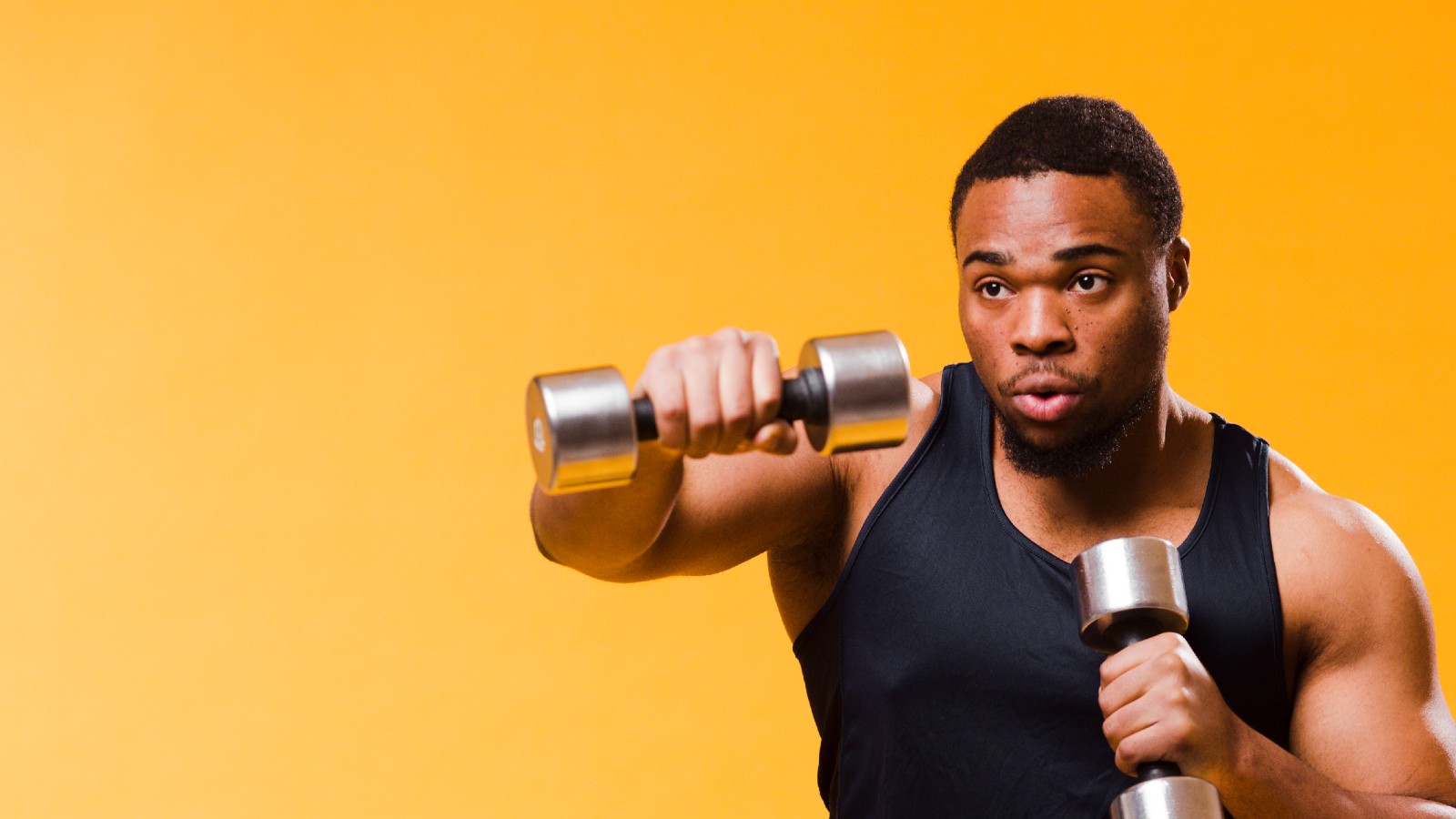The required equipment that will be needed for a circuit training program will depend on the types of exercises that will be conducted during the session and the ways in which each piece of equipment will be used to enhance the desired outcome. It will be necessary to consider the range of equipment that is available and how it can best be used to ensure that the desired outcomes of the session are able to be successfully achieved.
The floor plan for the equipment arrangement will need to accommodate the following aspects:
-
Space for each piece of equipment.
-
Space around each piece of equipment to ensure that mounting, dismounting and undertaking the activity can be safely conducted.
-
Equipment arranged in a manner that allows for careful instruction and observation.
-
Equipment arranged in a manner that allows for consecutive completion of the circuit.
-
Equipment arrangement that takes varying muscle use into consideration for muscle and circuit safety.
Circuit training equipment can consist of a wide range of machines, weights, cardio equipment and accessory items. Below is a brief summary of some of the more common types of equipment.
Weight training machines often consist of pin-loaded resistance equipment. This type of equipment has a series of weight plates pre-loaded or hung within the equipment's frame.
The client selects their desired weight by inserting a pin into the weights at pre-determined intervals thus allowing only a certain number of plates to be lifted during exercise. This is a safe way of undertaking weight/resistance training.
Helps to build the pectoral muscles as well as develops the biceps, triceps and shoulders. Can be beneficial for clients prone to shoulder injuries who are unable to use a standard bench press.
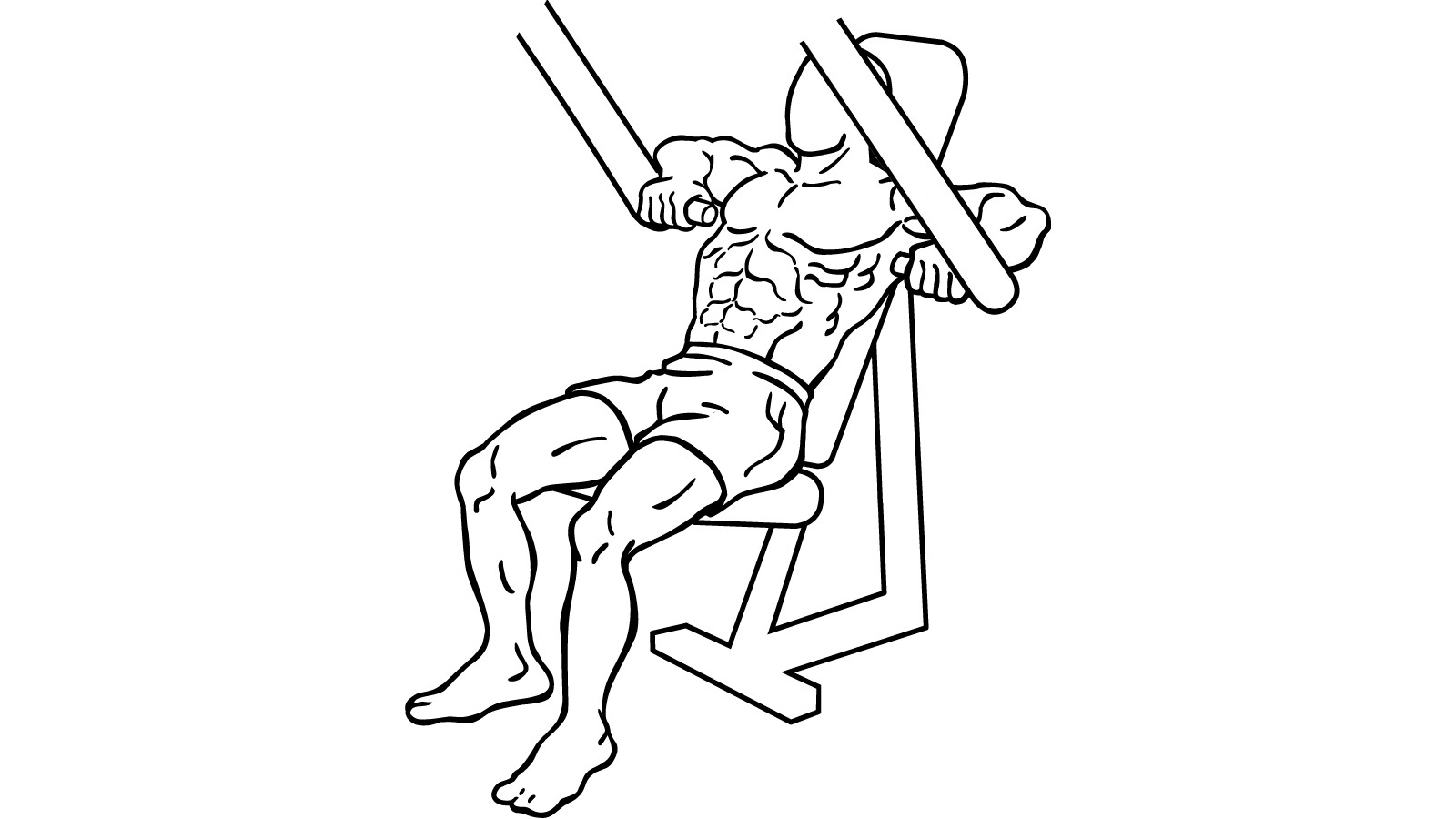
These machines can be either seated or supine (laying on back). Focusses on the pectoral muscles.
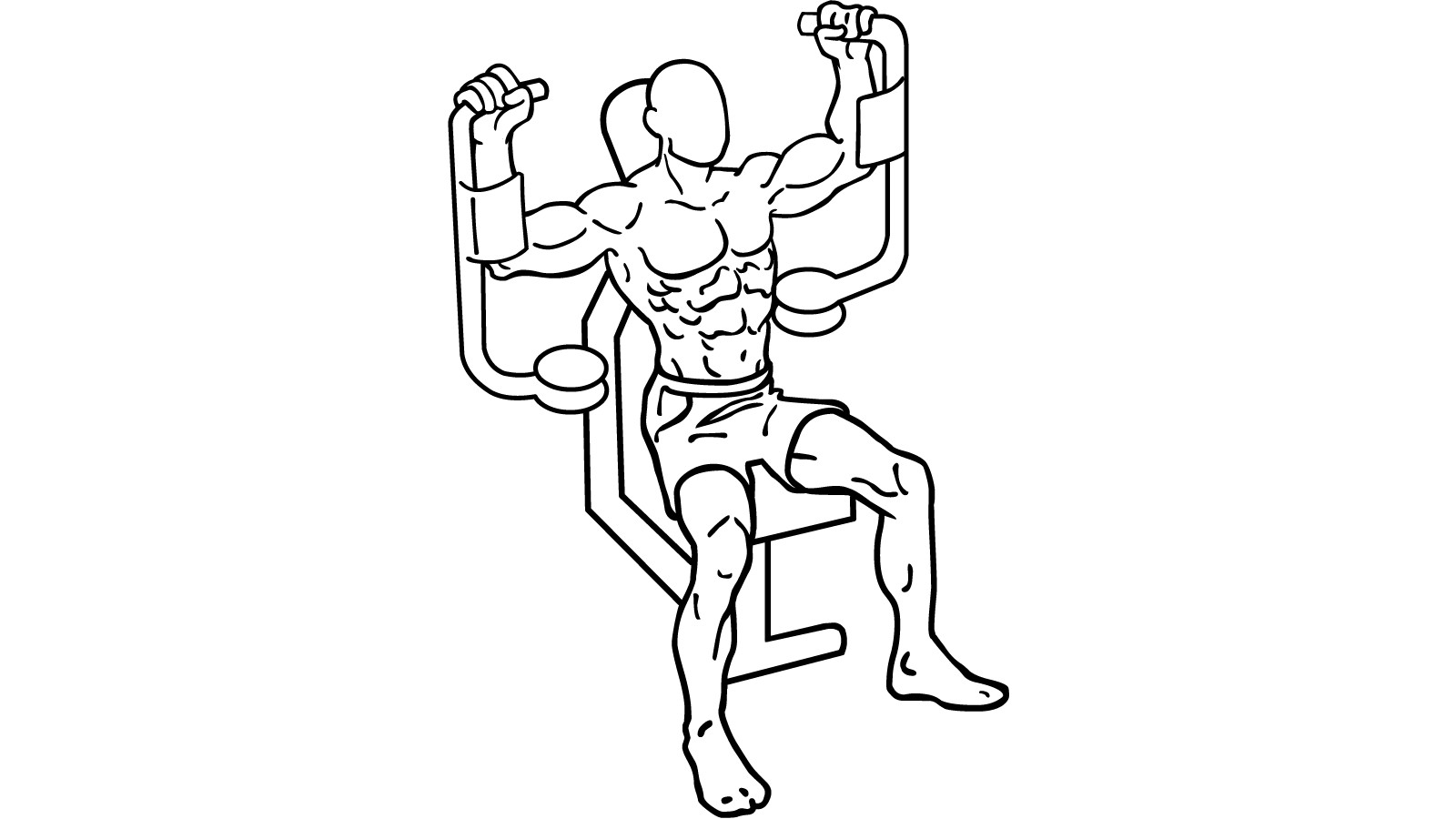
As its name suggests this machine works the shoulder muscles, and also tones and shapes the triceps.
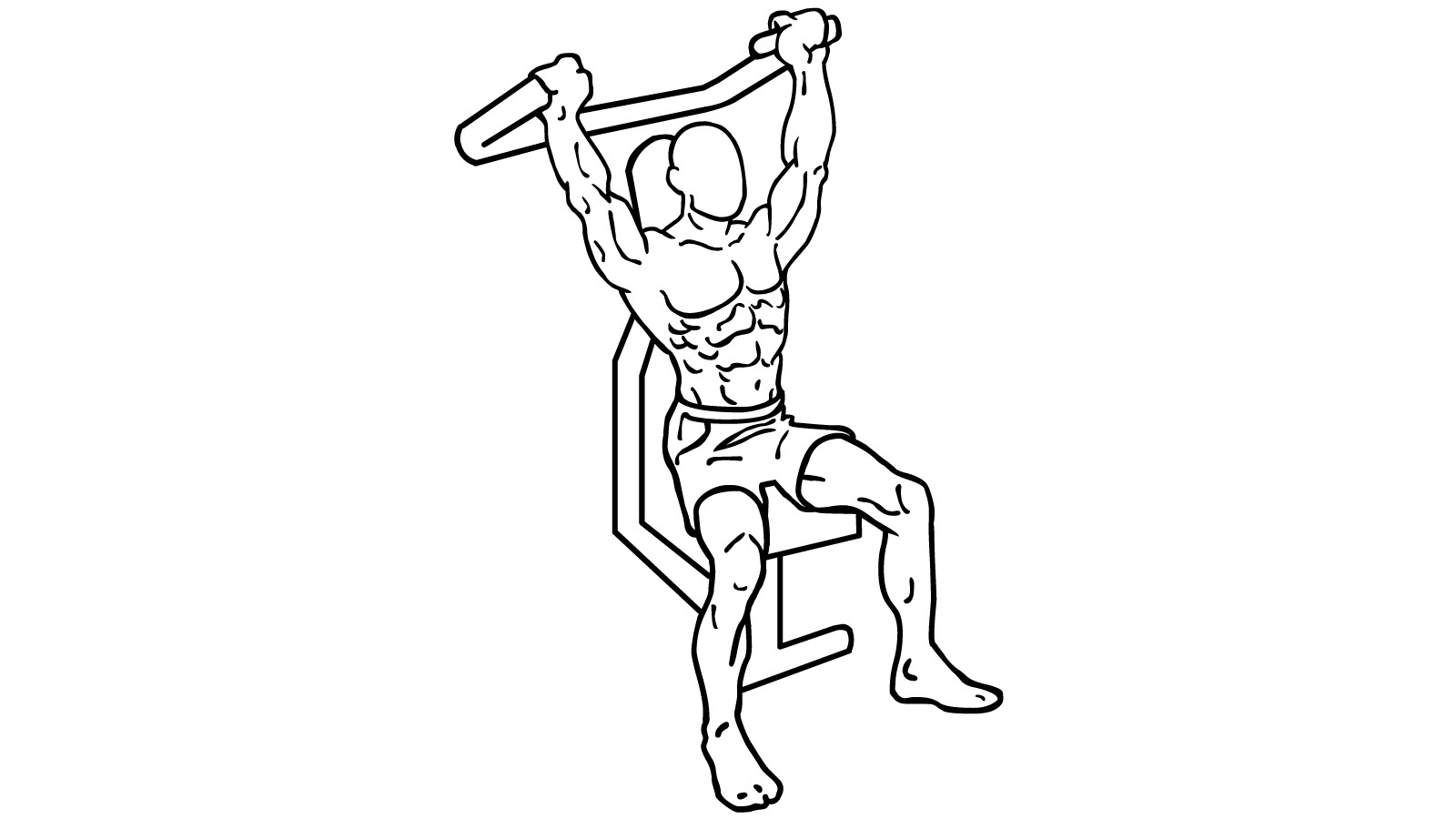
Works the muscles in the shoulder, biceps, neck, upper and middle back. This machine is often used as a stepping stone towards doing standard pull-ups.
.jpg)
Works the upper and middle back muscles, but also works the lats, biceps and lower back.
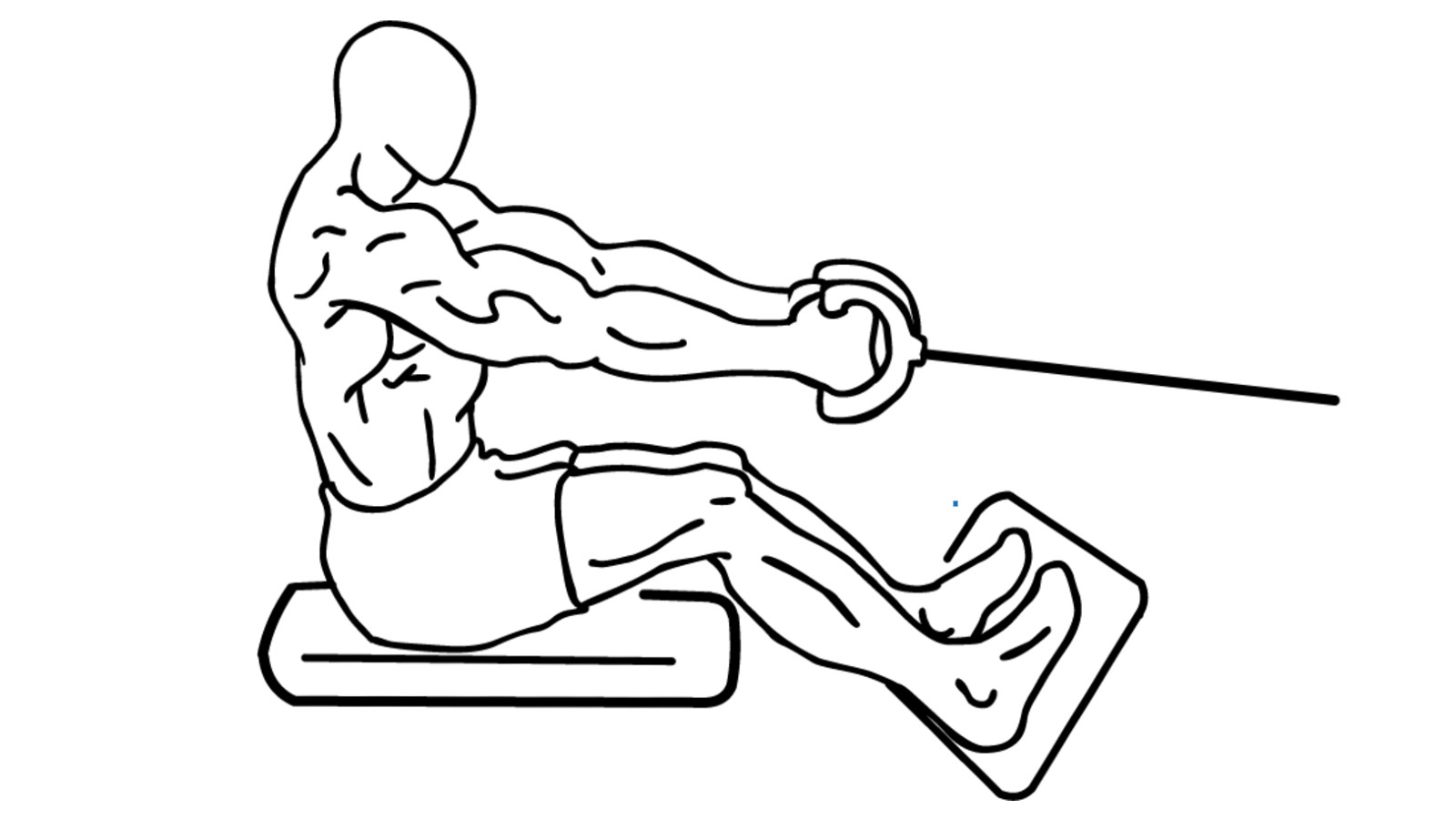
Targets the triceps.
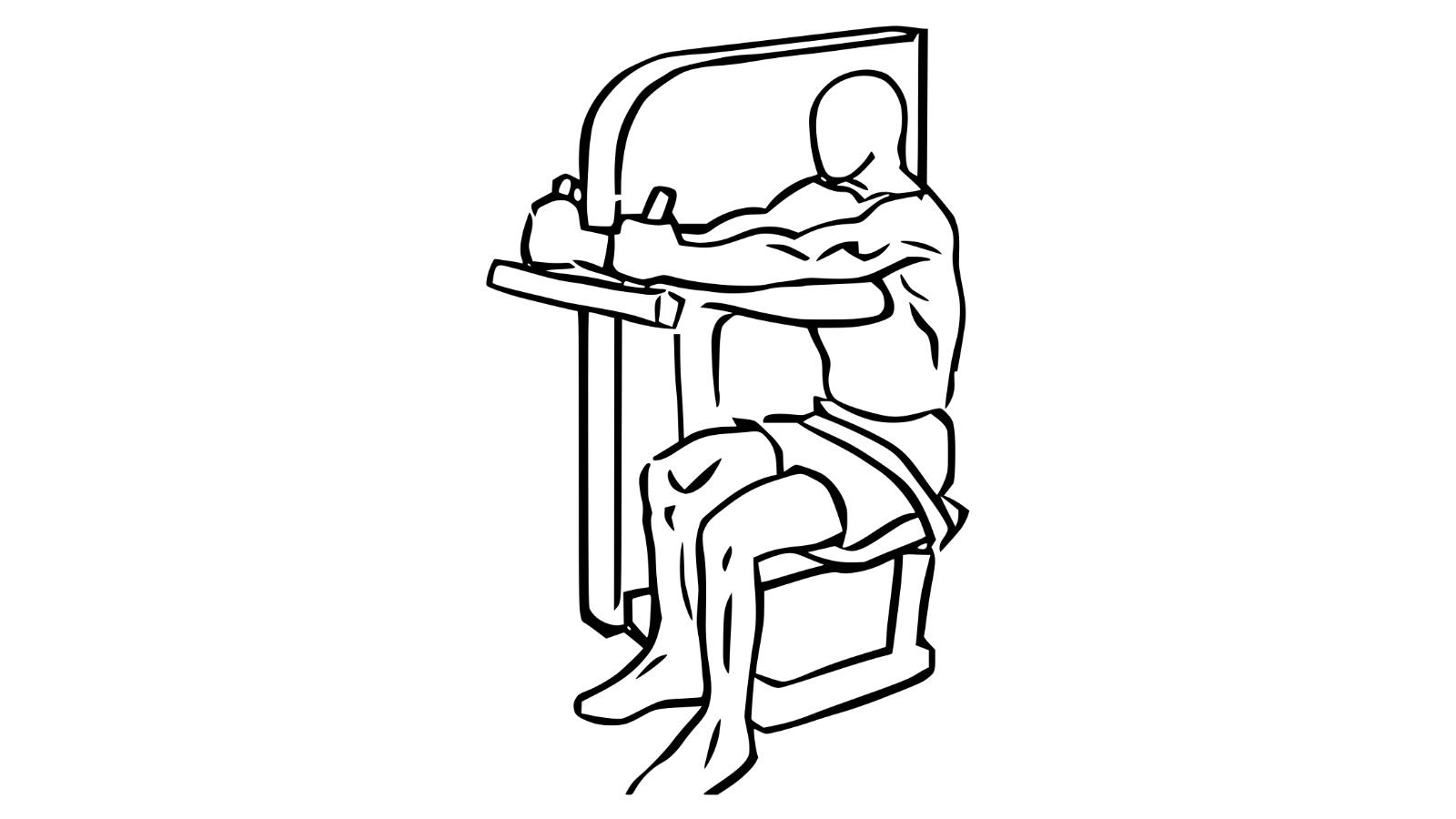
Works the quadriceps, calves and hamstrings at the same time. This machine is a good alternative to standard squats for clients who are prone to back injury.
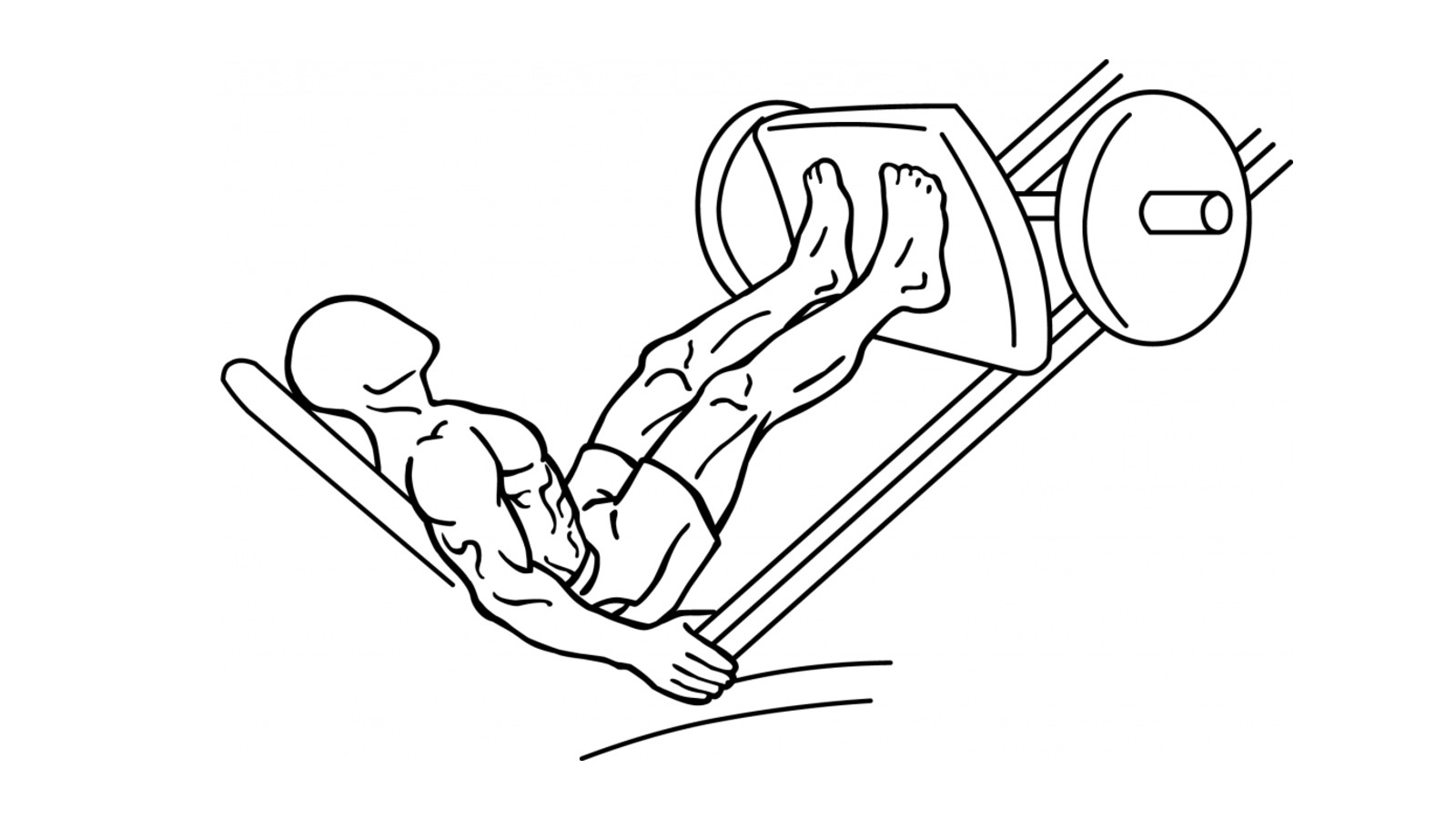
Unlike the leg press, this machine only targets and shapes the quadriceps. Caution must be taken to protect the knees which can be affected if too much weight is added.

Used for doing squats. Can also be used for chest presses and as a safe substitute for the bench press if you don't have a spotter.
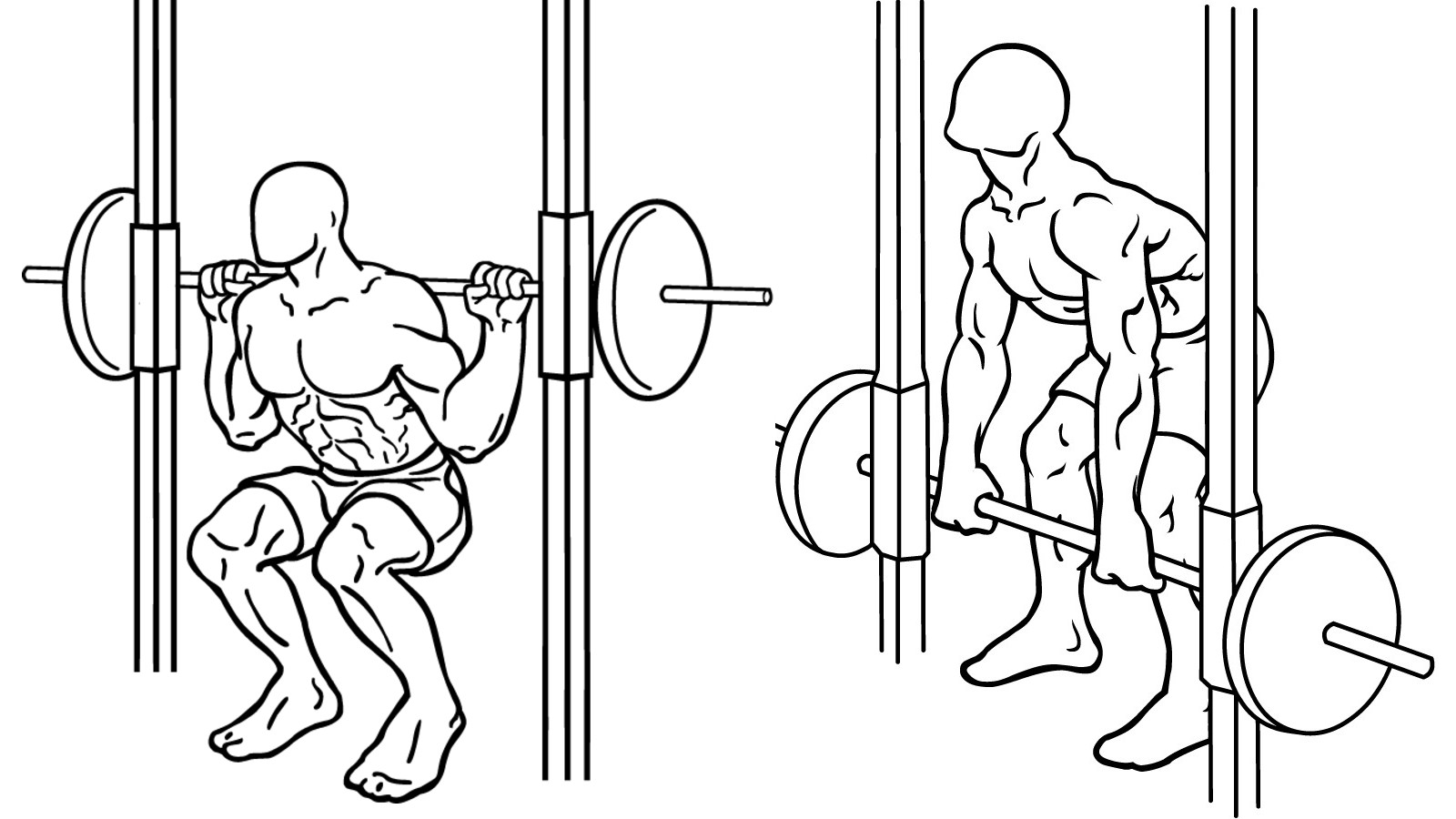
Used for joint-isolation exercises such as bicep curls, chest flyes or shoulder raises. They come in a variety of sizes and weights. The heavier varieties can be dangerous and it is recommended that a spotter be available when these weights are being used.

Singular metal bar that can be loaded with various weight plates. Used for body-building, weightlifting and powerlifting. A spotter is recommended for safety reasons.
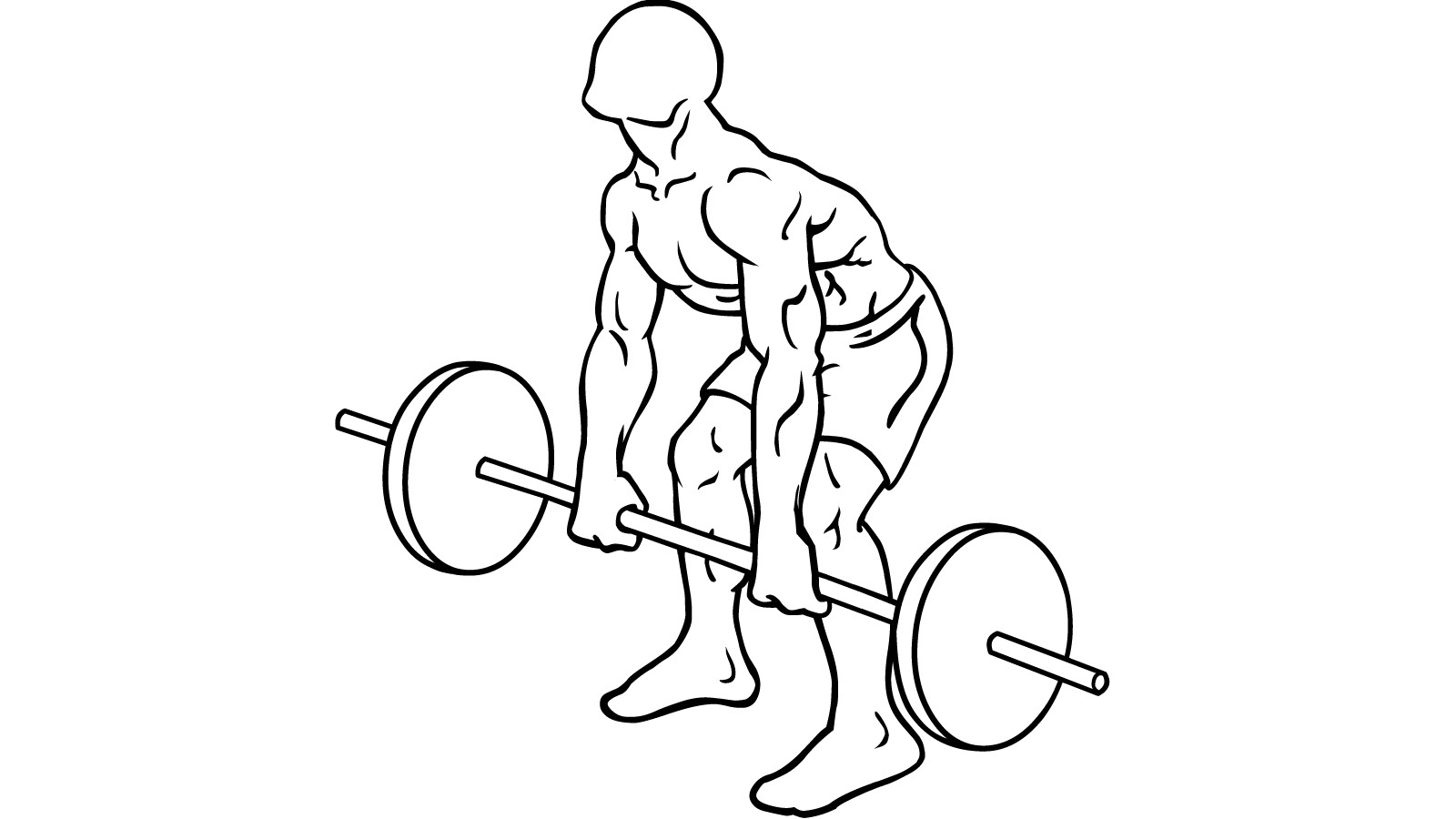
Uses a barbell whilst laying on a bench to work the pectorals, arms and shoulders. A spotter is recommended for safety reasons.
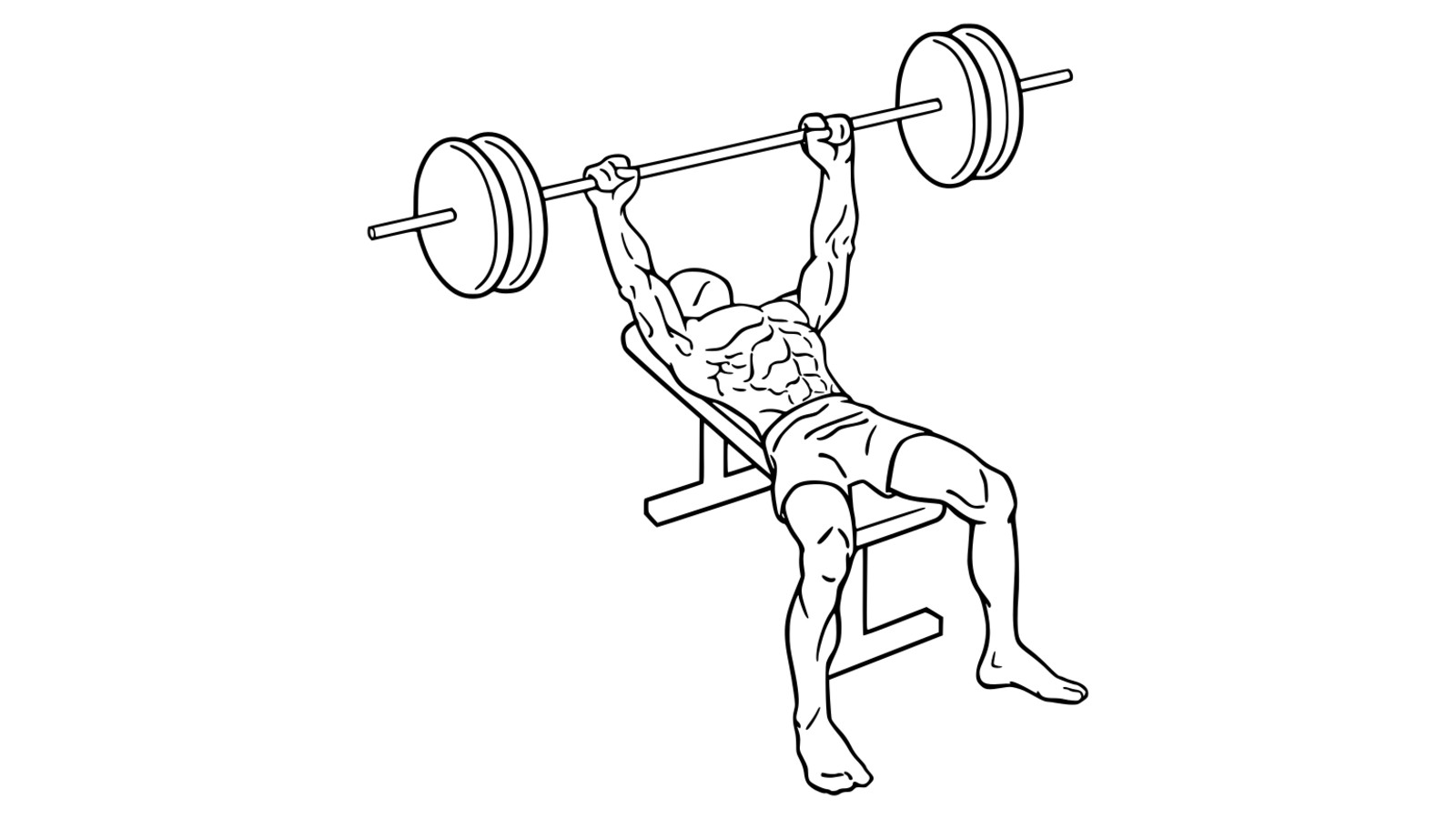
Used to perform hyperextensions of the lower back and also works the gluteal, hamstring, and abdominal muscles.
.png)
In addition to weights machines, fitness centres also have a range of cardio equipment for the performance of aerobic exercise. There are many different types of machines in this category, some more effective than others, popular examples are:
-
Treadmill - Features a moving belt on which the client is able to walk, jog or run. Speed and incline can be varied and distance measured.
-
Stair Mill - A revolving staircase (usually three or four steps) on which the client simulates walking or running up a flight of stairs. Speed can be varied and distance measured.
-
Rowing Machine - Simulates the action of rowing a watercraft. Can be an electronic machine or a manual apparatus.
-
Spin Bike - Indoor stationary bike, similar to a standard exercise bike but it looks and feels more like a normal road bike.
-
Elliptical Machine or Cross Trainer - Stationary machine with flat 'pedals' used to simulate walking, running and stair climbing movements.
Various other equipment can be used either individually, as part of a group session or in conjunction with a circuit training program. These include:
-
Fit Balls - Large inflated balls that are designed to be sat upon or recline upon. Can be used for posture correction, abdominal crunches, and other core strength-building activities.
-
Medicine Balls - Small (basketball sized) balls that are weighted in various levels (1kg - 10kg) and may or may not feature handles or straps. Can be used for weight training whilst undertaking squats or lunges.
-
Step Benches - Stable benches that are assembled at varying heights. Used in aerobics classes and also as part of circuit training, can be used in combination with other equipment such as dumbbells.
-
Benches - In either a flat, incline or decline position. Used for abdominal crunches, overhead pulls, and many other exercises.
-
Resistance Bands and Handles - Elasticised bands that are used to activate and tone muscles by providing a force that must be counterbalanced. They often feature handles for easy grip or leg/feet straps.
-
Skipping Ropes - Allow for a full-body workout as the legs are used for jumping, the arms and shoulders are used for rotating the rope, and the abdominals are used for stabilisation. Skipping builds endurance and strength it also helps to develop neuromuscular coordination between the eyes, hands, and feet because the body must coordinate to jump when the rope is in position.
-
Mats - Provides an insulating barrier between the body and a hard floor surface, improves balance and provides protection from injury. Can be rolled up and transported to multiple locations.
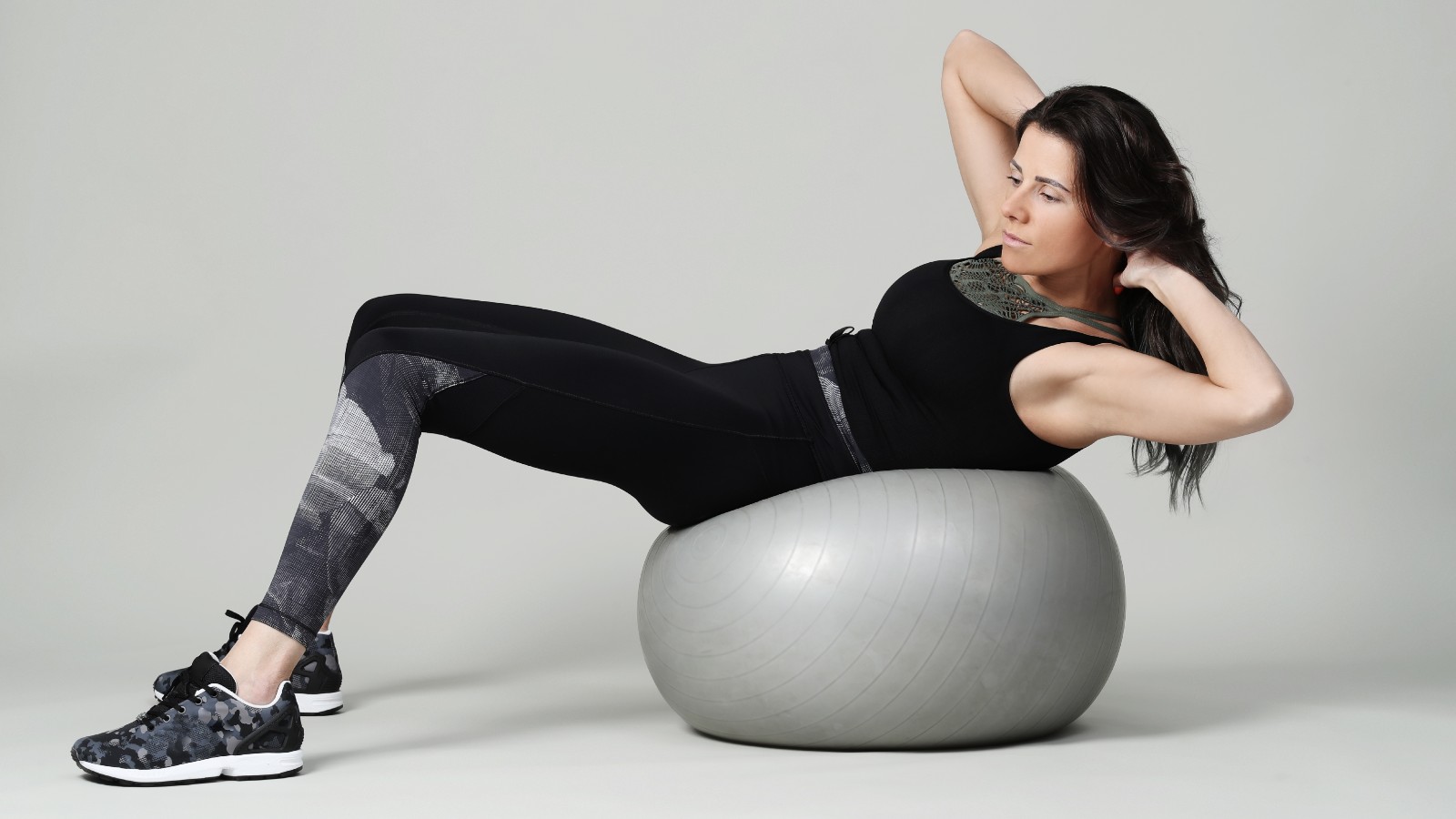
It is essential that all manufacturer specifications for exercise equipment be adhered to. This means communicating and demonstrating the rules and correct techniques with clients prior to use. Some topics to cover include:
-
User weight restrictions. Some items of equipment have a maximum user weight limit. Although this weight restriction is usually quite generous and unlikely to be an issue for the majority of clients it is worth noting, especially if a client is morbidly obese.
-
Load restrictions. If the exercise equipment has weights incorporated into the design (ie. weight machines) then there will be various restrictions in how the loads must be managed so as to not prove a safety hazard for users.
-
Set-up and Pack-down. What equipment is required, where it is stored and how it is assembled (if applicable), arranged, allocated, and packed away.
-
Safe techniques for use. Clients must be aware of how to perform individual exercises, the number of repetitions, and how fast/slow to conduct actions. Diagrams/charts may assist with this process.
-
Emergency procedures. Some equipment requires the use of a spotter for safety reasons, clients must be aware of this requirement.
-
Trouble-shooting. Referring to the manufacturer website or operational handbook.
-
Maintenance. It is important to create and regularly check maintenance schedules ensuring that maintenance on equipment is completed as required and up to date.
-
Documenting faults found. Reporting and communicating faults found to appropriate personnel for maintenance or replacement.
Once instructions regarding the equipment, its purpose and specifications have been provided it will be necessary to demonstrate exercises, techniques and equipment to clients to ensure that they have a comprehensive understanding of the exercise that is to be undertaken.
There are three main stages of effective demonstration:
-
Demonstrate step-by-step with verbal instruction. This will include mounting (if applicable) or set-up of equipment, safe use, safe dismounting, emergency stop procedures.
-
Demonstrate in real-time. Show how the exercise should look when conducted at normal speed.
-
Allow them to have a go while you watch and offer verbal instruction regarding their technique.
